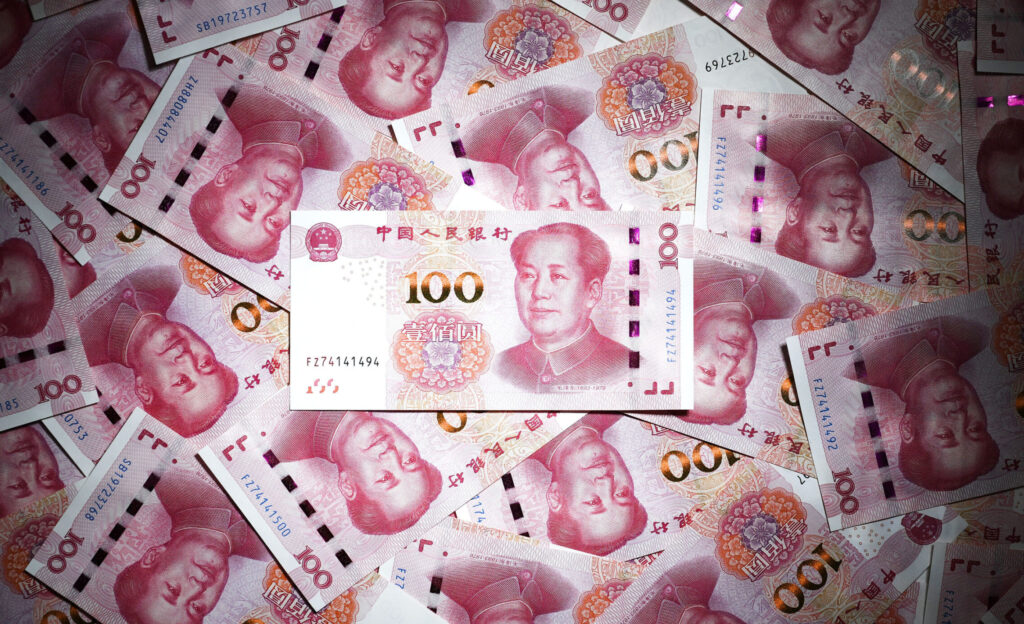※Translated with Notion AI. (Plus version)
The yen has been gradually weakening, recently approaching 160 yen.
I’ve received many inquiries from our readers through the editorial department of Seren.
In short, I believe that “the trend of a weaker yen is nearing its final stage in the short term”.
Although the yen is a weak currency due to the interest rate difference between Japan and the US, Japan’s weak external balance of payments (especially the energy-related trade deficit and the “digital” deficit), and the outflow of funds to foreign equity investment trusts due to the new NISA, these factors have already been priced in.
The market is always moved by “new information”.
The Nikkei newspaper reported on June 21 that “The yen is gradually weakening to the 159 yen range, and the dollar is gaining momentum. There are constraints on currency intervention”(https://www.nikkei.com/article/DGXZQOUB214TD0R20C24A6000000/).
This article stated that the yen’s volatility is currently low and Japan has been added to the US Treasury’s currency report’s “monitoring list” as of June 20, making currency intervention difficult.
While I agree that intervention is challenging at this point, the following statement made me question the reporter’s market understanding:
“The risk of incurring losses due to exchange rate fluctuations is reduced, creating an environment where hedge funds and others can easily engage in yen carry trades that earn interest rate differences.”







